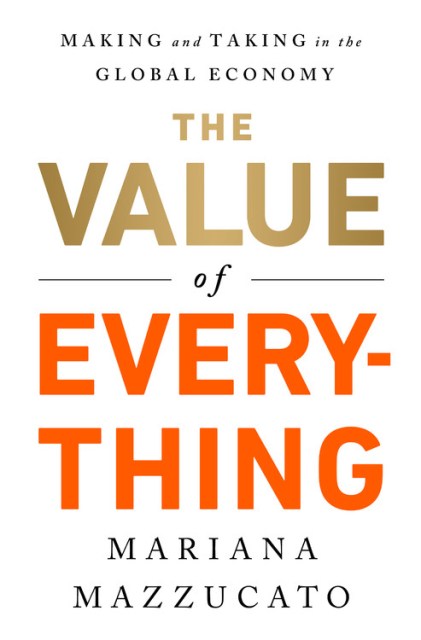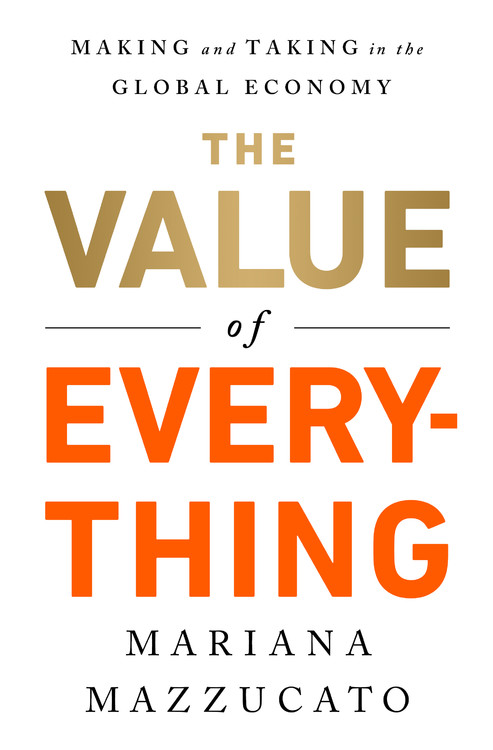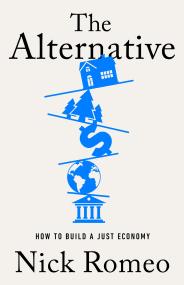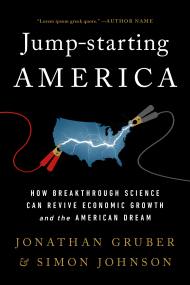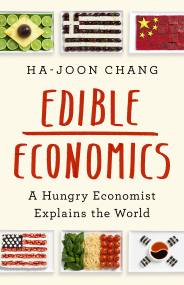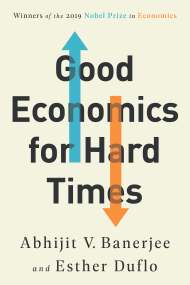Promotion
Use code MOM24 for 20% off site wide + free shipping over $45
The Value of Everything
Making and Taking in the Global Economy
Contributors
Formats and Prices
Price
$28.00Price
$36.50 CADFormat
Format:
- Hardcover $28.00 $36.50 CAD
- ebook $12.99 $16.99 CAD
- Trade Paperback $18.99 $23.99 CAD
This item is a preorder. Your payment method will be charged immediately, and the product is expected to ship on or around September 11, 2018. This date is subject to change due to shipping delays beyond our control.
Also available from:
Shortlisted for the FT & McKinsey Business Book of the Year Award
A scathing indictment of our current global financial system, The Value of Everything rigorously scrutinizes the way in which economic value has been accounted and reveals how economic theory has failed to clearly delineate the difference between value creation and value extraction. Mariana Mazzucato argues that the increasingly blurry distinction between the two categories has allowed certain actors in the economy to portray themselves as value creators, while in reality they are just moving around existing value or, even worse, destroying it.
The book uses case studies-from Silicon Valley to the financial sector to big pharma-to show how the foggy notions of value create confusion between rents and profits, reward extractors and creators, and distort the measurements of growth and GDP. In the process, innovation suffers and inequality rises.
The lesson here is urgent and sobering: to rescue our economy from the next inevitable crisis and to foster long-term economic growth, we will need to rethink capitalism, rethink the role of public policy and the importance of the public sector, and redefine how we measure value in our society.
Genre:
-
A finalist for the FT & McKinsey Business Book of the Year Award
-
"A stimulating analysis of the underlying causes of inequality and growth which forces us to confront long-held beliefs about how economies work and who benefits"Martin Wolf, Financial Times
-
"Mazzucato's mission is to overturn the now dominant neoclassical theory of value."George Eaton for New Statesman
-
"Mariana Mazzucato offers an exposé of how value extractors and rent-seekers have been masquerading as value creators in the global economy. And, furthermore, how the conventional wisdom has indulged them in this."Fran Boait for Prospect
-
"[Mazzucato's] passionate call to empower policymakers to understand that the state's role is not secondary to the private sector is infectious."PROSPECT
-
"Mazzucato is fast emerging as one of the world's leading public intellectuals... [she] has offered the left a positive vision of growth based on innovation and profit-sharing, rather than sterile and counter-productive analysis based on the politics of resentment and expropriation."SPECTATOR
-
"Mazzucato sides with the actual makers, those who struggle in an economy tilted in favor of the ultrawealthy... she expresses specific incredulity about the banking sector's self-serving statements about wealth creation... She is especially eloquent when commenting on arrogant tech-giant billionaires such as Peter Thiel, who claims that his wealth accumulation occurred in spite of, rather than because of, government presence."KIRKUSREVIEWS
-
"Mazzucato's trenchant analysis is a compelling call to reinvent value as a key concept to help us achieve the world we all want."NATURE
-
"A fresh look at the meaning of value to the economy...This organized and easy-to-read book will appeal to curious readers as well as those interested in economics, investing, and public policy."Booklist
-
"A fundamental re-think of what constitutes real value in the economy."StephenDenning, Forbes.com
-
"Mariana Mazzucato's insights into the current state of the economy, and how to think differently about it, are essential. Her new book, The Value of Everything, is outstanding."Tim O'Reilly, author of WTF?: What's the Future and Why It's Up to Us
- On Sale
- Sep 11, 2018
- Page Count
- 384 pages
- Publisher
- PublicAffairs
- ISBN-13
- 9781610396745
Newsletter Signup
By clicking ‘Sign Up,’ I acknowledge that I have read and agree to Hachette Book Group’s Privacy Policy and Terms of Use
